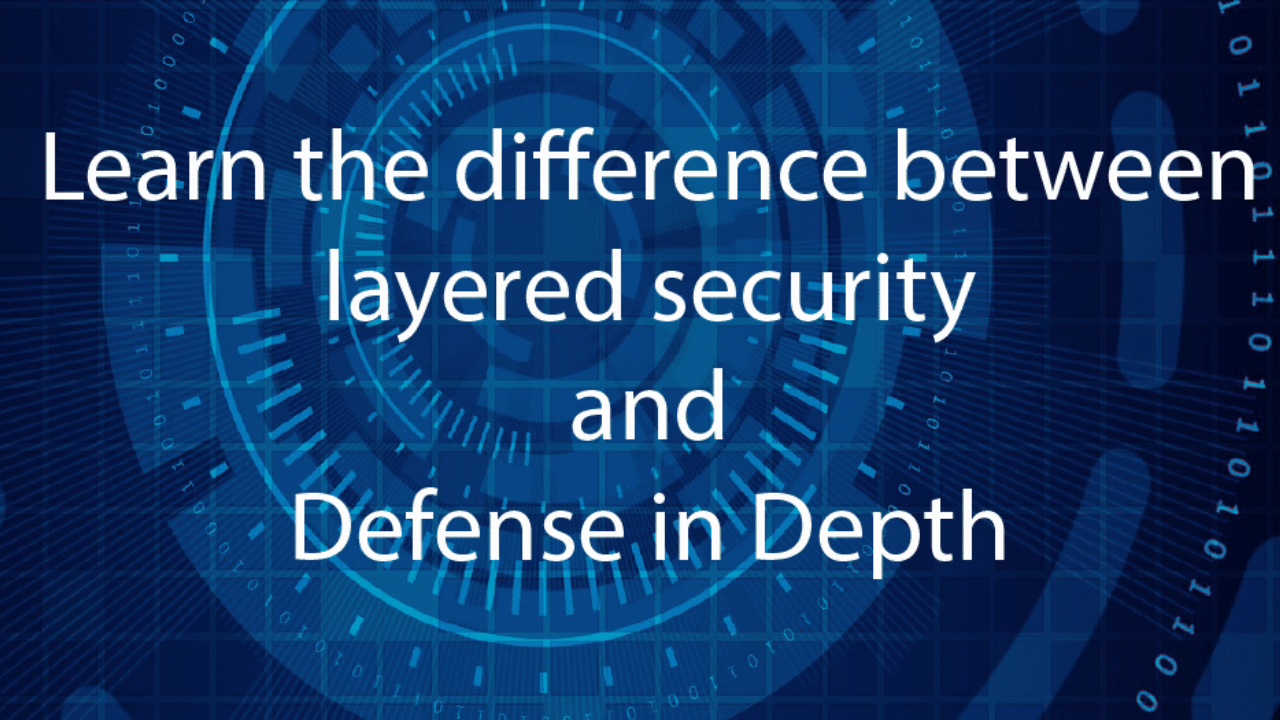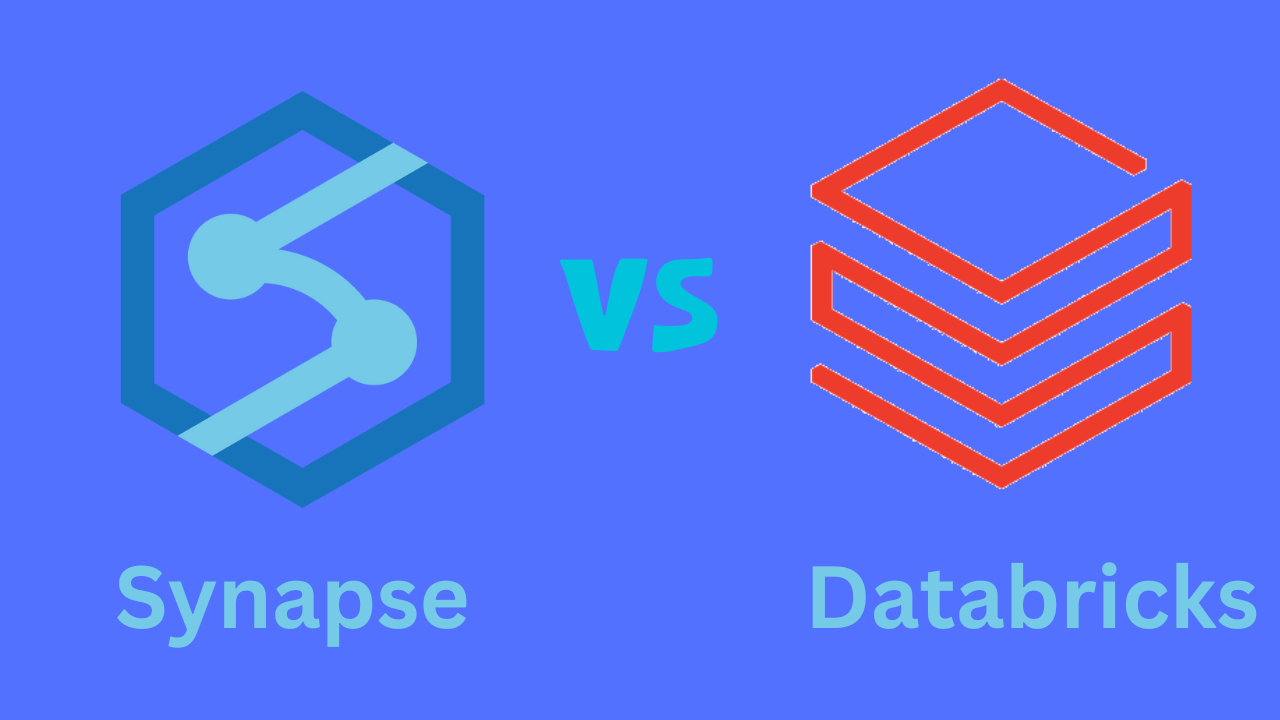Software development is a complex process that requires a well-defined, structured sequence of stages to develop the intended software product. This process is known as the Software Development Life Cycle (SDLC). In this article, we will explore the different stages of software development and their importance in creating a successful software product.
Software development

Software development is the process of designing, creating, testing, and maintaining software. It involves several stages, each of which is essential to the success of the project. The stages of software development are collectively known as the Software Development Life Cycle (SDLC). The SDLC is a framework that provides a structured approach to software development. It consists of several phases, each of which has its own set of activities and deliverables. The SDLC is a widely accepted standard for software development, and it is used by software development companies all over the world.
Software Engineering vs Data Science
The Stages of Software Development
The SDLC consists of several stages, each of which is essential to the success of the project. In this section, we will explore each stage in detail.
Stage 1: Initiation
It is the first stage of the SDLC. It involves defining the scope of the project, identifying the stakeholders, and creating a project charter. The project charter is a document that outlines the objectives, scope, and deliverables of the project.
Stage 2: System Concept Development
This stage involves defining the system requirements and creating a high-level design. This stage is crucial to the success of the project, as it lays the foundation for the rest of the development process.
Stage 3: Planning and Requirements Analysis
This stage involves creating a detailed project plan and gathering the requirements for the system. This stage is critical to the success of the project, as it ensures that the project is properly scoped and that the requirements are clearly defined.
Stage 4: Design
This stage involves creating a detailed design for the system. This stage is critical to the success of the project, as it ensures that the system is properly designed and that all the requirements are met.
Stage 5: Development
This stage involves writing the code for the system. This stage is critical to the success of the project, as it ensures that the system is properly developed and that all the requirements are met.
Stage 6: Integration and Testing
This stage involves integrating the different components of the system and testing the system as a whole. This stage is critical to the success of the project, as it ensures that the system is properly integrated and that it meets all the requirements.
Stage 7: Repetition of Phases
This stage involves repeating certain phases of the SDLC as needed. This stage is important because it allows for changes to be made to the system as needed, and ensures that the system is properly tested and validated.
Stage 8: Implementation
The implementation stage involves deploying the system to the production environment. This stage is critical to the success of the project, as it ensures that the system is properly deployed and that it meets all the requirements.
Stage 9: Operations and Maintenance
This stage involves maintaining the system and ensuring that it continues to meet the requirements. This stage is critical to the success of the project, as it ensures that the system remains operational and that it continues to meet the needs of the users.
Stage 10: Disposition
This stage involves retiring the system and disposing of any assets associated with it. This stage is critical to the success of the project, as it ensures that the system is properly retired and that any associated assets are disposed of properly.
Iterative Models
Iterative models are a popular approach to software development. This approach involves creating successive versions of the software and going through each process step, then iterating. The iterative approach allows for feedback between steps and lowers the cost of implementing requirement changes. It also allows for some client/user feedback to be considered, and smaller-sized steps mean delivery of something comes sooner.
Teamwork
Teamwork is essential in software development. A software development team typically consists of developers, designers, testers, and project managers. Each member of the team plays a crucial role in the success of the project. Collaboration and communication are key to ensuring that everyone is on the same page and working towards the same goal.

Project Influences
Several factors can influence a software development project’s success, including scale and legacy. Large-scale projects require more resources and a more extensive team, while legacy projects require working with existing code and systems. It is essential to consider these factors when planning a software development project to ensure that the project’s scope is realistic and achievable.
Cybersecurity vs Software Engineering: Choosing the Right Career Path
Professionalism and Personal Ethics
Professionalism and personal ethics are crucial in software engineering. Software engineers must adhere to ethical standards and maintain a high level of professionalism. This includes being honest and transparent with clients, respecting intellectual property, and ensuring that the software is secure and free of vulnerabilities.
Conclusion
Software development is a complex process that involves several stages. Each stage is crucial to the success of the project, and skipping any of them can lead to disastrous consequences. It is essential to follow a structured approach to software development and to consider factors such as feasibility, requirements, architecture, development, validation, and evolution/maintenance. Additionally, teamwork, project influences, and professionalism and personal ethics are crucial to the success of a software development project. By following these guidelines, software development teams can ensure that their projects are successful and meet the needs of their clients.

















